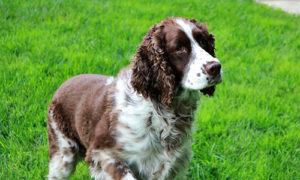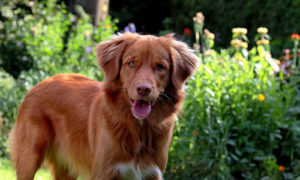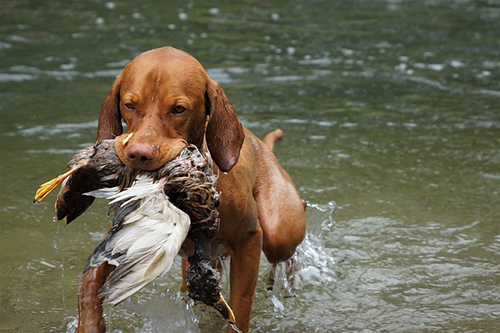
Experts believe that the Vizsla lineage includes breeds that the Magyars collected as they swarmed across Europe before settling down in Hungary over a thousand years ago.
Ancient writings from the middle ages on falconry depict dogs similar to that of the Vizsla. Because of the Hungarian plain’s richness in-game, hunters needed a quick, fast and close-working dog able to point and retrieve birds as well as trail other prey over dense ground cover.
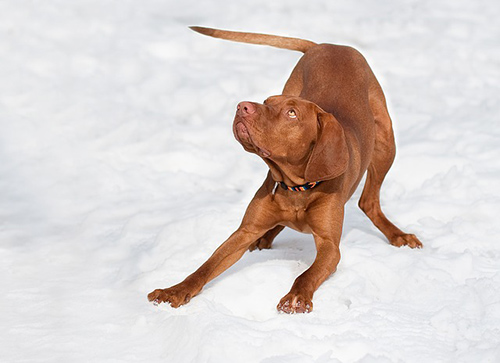
There is no disputing the breed’s establishment going back to the 18th century; in fact, they’re said to be favorites of barons and warlords of the time. Unfortunately, by the end of the 19th century, the Vizsla’s numbers declined immensely. However, thanks to a dozen good specimens, the breed successfully rebounded. Shortly after, the Vizsla spread all around the world because of World War II.
Because of Russian occupation, Hungarians took their pointing dogs and spread them to other countries, including the United States. In the United States, the dog’s exceptional hunting prowess, as well as their handsome appearance, made people fall in love with them.
The AKC recognized them in 1960, and as earlier, the Vizsla quickly gained a loyal following. Today, they’re regulars in the field, show ring, and household. They also go by Hungarian Vizsla and Hungarian Pointer.
Vizsla Breed Facts
- POPULARITY: Popular
- FAMILY: Gundog, Pointer, versatile hunting dog
- ORIGIN: Hungary
- TIME OF ORIGIN: Middle ages
- ORIGINALLY BRED FOR: Pointing, falconry, trailing
- TODAY’S ROLE: Pointing, pointing field trials
- OTHER NAME: Hungarian Vizsla, Magyar Vizsla, Hungarian Pointer, Drotszoru Magyar Vizsla
- WEIGHT: 46-65 POUNDS
- HEIGHT: male: 22-24 inches; female: 21-23 inches
The Vizsla is muscular with a light body frame, which gives it speed and stamina in the field. Its gait is smooth, light, graceful, and ground covering. The coat is dense, short, and soft, which helps protects them from the elements. And the golden rust color is a trademark of the breed.
Temperament and Upkeep
The Vizsla is a close-working gundog; it possesses the energy to range all day. They’re incredibly talented pointers and true hunters at heart, and they’re always on the lookout for bird scent.
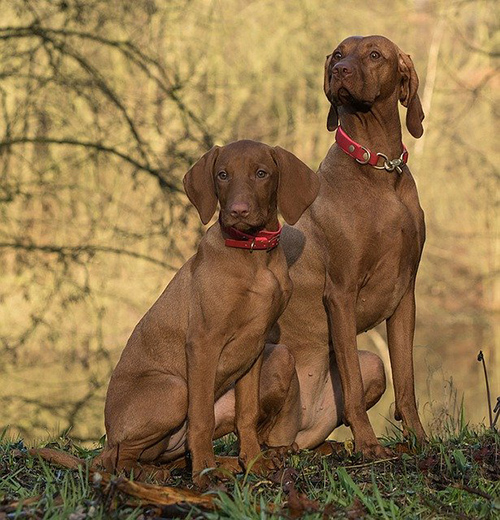
This breed requires plenty of exercises. Please do not leave it cooped up in an apartment all day. They do not make good apartment dogs. Without adequate exercise, they’ll become frustrated, which can lead to destructive behavior.
Different dogs can portray different personalities. For example, many can be stubborn, some can be overly excitable, and others can be quite timid.
The Viszla is affectionate, sensitive, protective as well as gentle. They make great companions for active families and owners that spend a lot of time outdoors.
The Viszla is a dog that requires copious amounts of exercise daily. You cannot expect to meet its exercise requirements with a short walk or a romp in a small yard; they’re an extremely active breed. Therefore, it needs to be allowed to run in a large, preferably enclosed area.
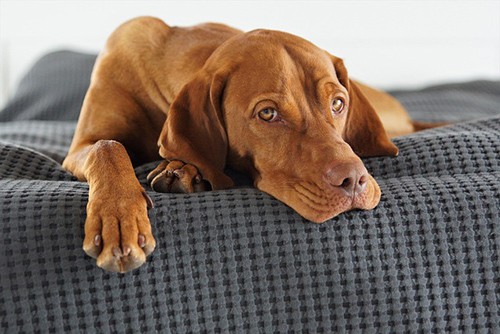
However, its other needs are quite minimal. Its coat does not require much care, a simple brushing occasionally to remove dead hair is all that’s needed.
One major health concern of this breed is epilepsy. However, there are minor concerns to look out for, including CHD, lymphosarcoma, PRA, dwarfism, tricuspid valve dysplasia, persistent right aortic arch, hypothyroidism, and vWD. Vizsla’s life span is 10 – 14 years.

